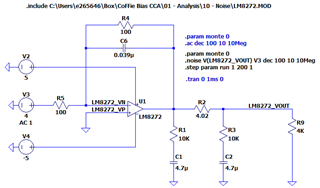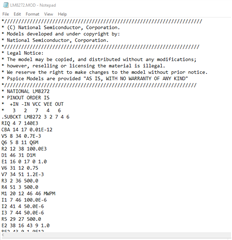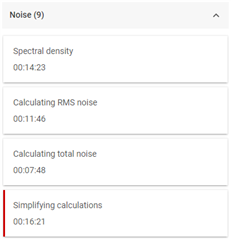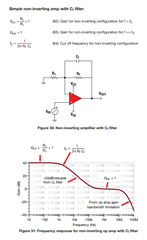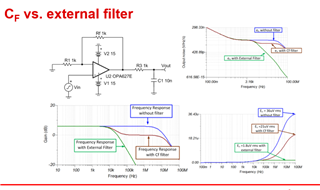Other Parts Discussed in Thread: OPA2991
I would like to confirm the LM8272 LTspice model intrinsic noise analysis below. It looks like the intrinsic noise output after 1MHz is unbounded.
Could you confirm the behavior from Figure 2?
Figure 1 - Circuit
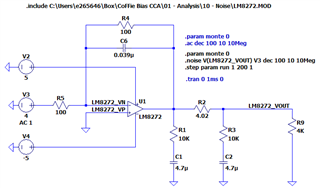
Figure 2 - Noise analysis with no capacitor output
